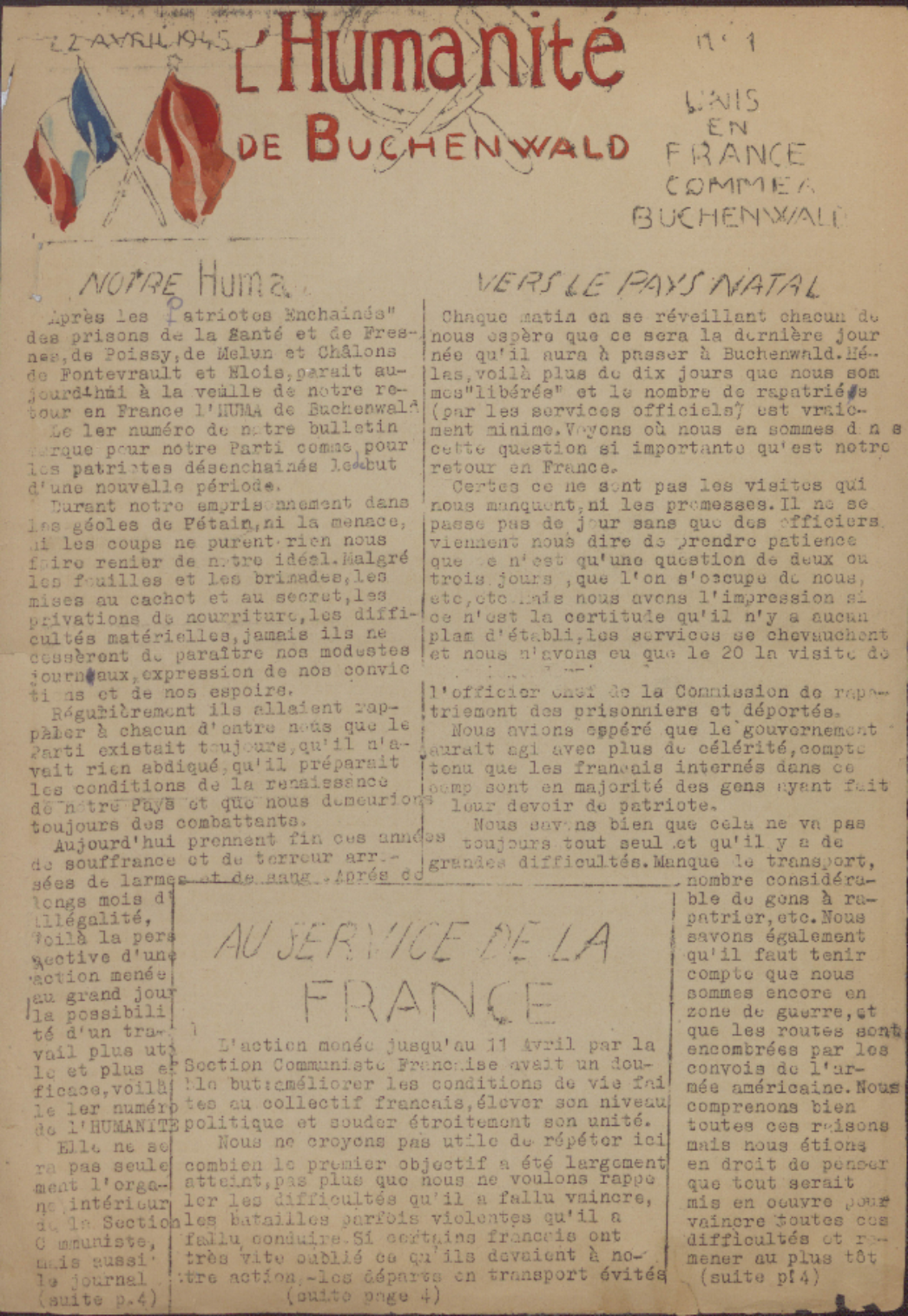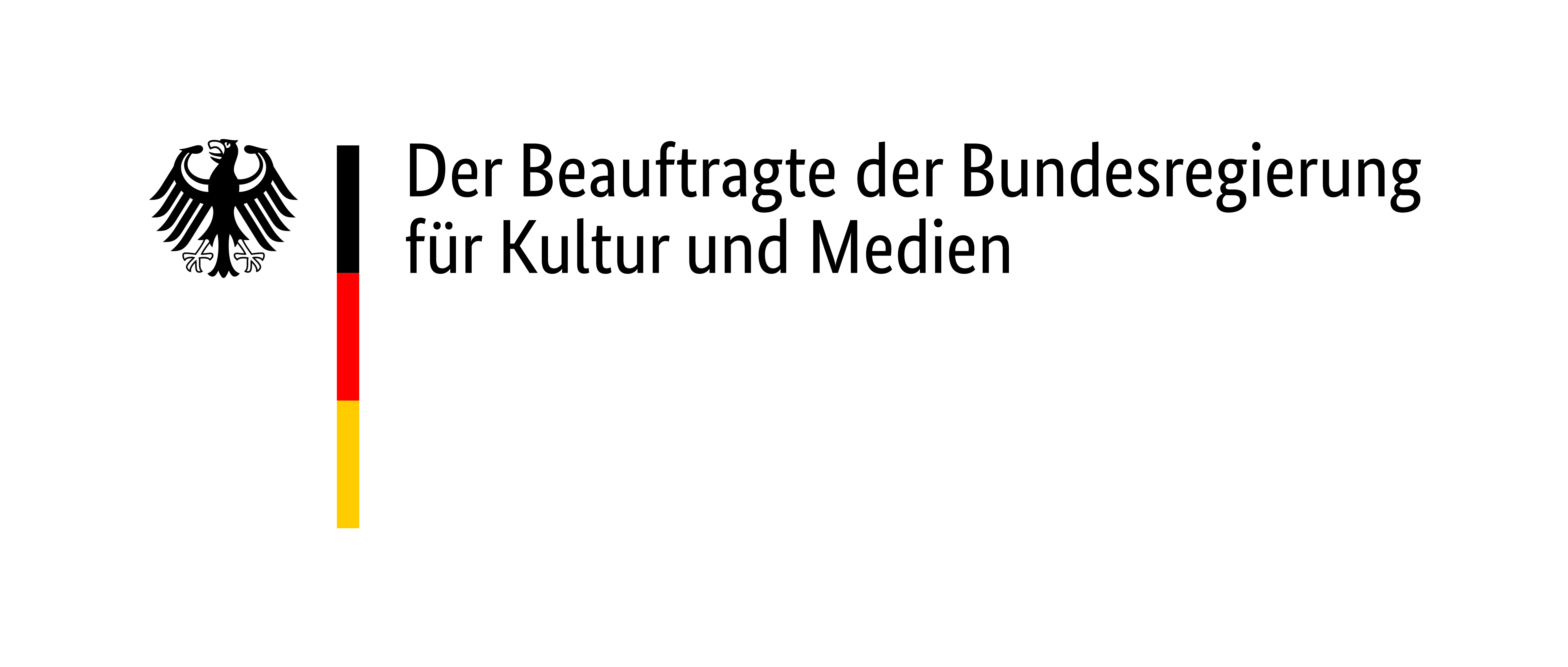
Excerpt from the “Manifesto of the Democratic Socialists of the former Buchenwald Concentration Camp” (“Buchenwald Manifesto”), written a few days after liberation:
“As long as fascism and militarism have not been completely destroyed in Germany, there will be no peace and quiet here and in the world. Our first efforts must be to focus on permanently eliminating all social manifestations of this bloody human oppression. All laws, decrees, ordinances, orders, judgements, decisions and other legal provisions, which served to establish, promote and maintain the dictatorship must be repealed. The NSDAP, with all its branches and affiliated organisations, must be banned and dissolved, its assets confiscated to the benefit of the victims of its terror, and its members must be deprived of their political rights.”
Buchenwald Memorial



The survivors commemorated the camp’s dead on the roll call square on the evening of 19 April 1945. A group of liberated prisoners had organised the memorial service on behalf of the International Camp Committee. Loudspeakers broadcasted the ceremony to the barracks where the sick and weak lay. In the following weeks, commemorations moved to the new cemetery at the Bismarck Tower on the south side of the Ettersberg. Another memorial service was held there in late June before the U.S. Army withdrew. During the time of Soviet Special Camp No. 2, the area around the cemetery continued to serve as a remembrance site to those who died in the camp.


